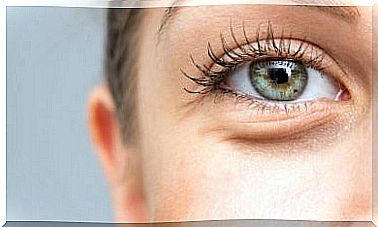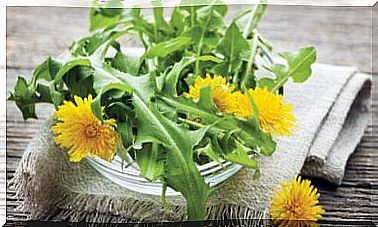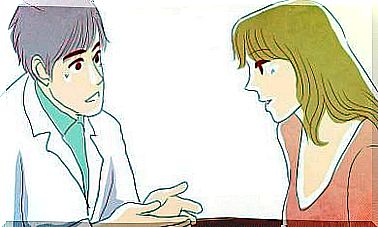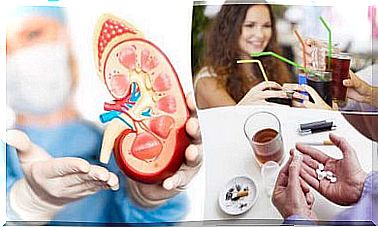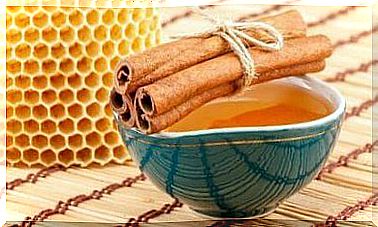Chemical Phobia: Unreasonable Fear Of Chemicals
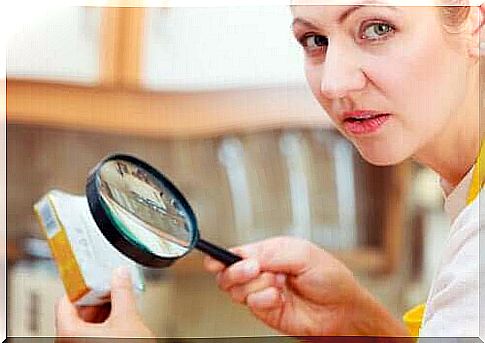
It started as a hearsay, which then became fashionable. Then it became a trend. It later developed into a phobia. “No preservatives,” “no chemicals,” and “no artificial colors”: these are some of the advertising phrases aimed at consumers who want to buy all-natural products. Today, they are so common that you can already see how common the phenomenon of chemical phobia is among us.
Without knowing exactly how or why, the words “chemical” or “chemical” have suddenly become the opposite of the word “natural”. It is as if chemistry is not an integral part of nature and, of course, part of us humans. This misconception has led many people to fear chemicals even unreasonably.
Behind the fans who support “naturalness” there is a lot of misinformation and a whole marketing strategy. This mass hysteria is not healthy as it causes a lot of fear and anxiety, in addition to practices that don’t help anyone.
Unreasonable fear of chemicals or “chemical phobia”
Such an unreasonable fear of chemicals began in the 1960s. The biggest, or at least the most famous reason for the onset of this irrational fear was Rachel Carson’s Silent Spring .
The work tells about the pesticides that cause contamination in the food chain, as well as what connection this has to nature and human health. Silent Spring is one of the most popular science books of all time. However, it made people develop irrational fears about all kinds of chemicals (not just harmful chemicals).
Chemical phobia has led to many habits that, after all, are no longer so healthy for us. For example, there are people who do not eat seafood at all because they believe they all contain too much mercury. Most seafood has a harmless amount of mercury, at least if eaten in moderation.

Natural vs. chemical and related myth
In 2006, in a city in the United States, someone got a whim and wanted to do an experiment. He commissioned a sign he placed next to the city fountain: the sign read the warning that “water contains a large amount of hydrogen”. After this, people who had used to spend their free time near the fountain began to echo and the area emptied.
The message on the sign was true, because water does indeed contain hydrogen and also oxygen. More specifically, in relation to two parts hydrogen and one part oxygen. These two are examples of the many natural chemicals that make up our world. The fact that people stopped visiting the spring because of a warning sign is a perfect example of an unreasonable fear of chemicals.
Much of the chemical is found in nature, while others are synthetic, meaning they are produced by industrial processing. Both natural and synthetic chemicals can harm humans. It all depends on how and how much of them gets into the body.
Harmful substances
One scientist said about five hundred years ago that “the poison is in a dose”. That scientist was Paracelsus, and his statement is true. If a person drinks water incessantly, he can die from it. Or if someone enjoys a bottle of vodka, he may die for it.
On the other hand, a small amount of some harmful substances does not affect our body and our health. And it’s good to note that there are more regulations in our society today than ever before. They are found in medicines, food, cosmetics and everything we humans use, and those provisions were created because we would actually ingest or use only a small amount of the chemicals in the products.

Chemical phobia and marketing
In fact, many products that are advertised as “natural” really aren’t.
Indeed, salts sold in the grocery store, which contain no sodium at all, contain potassium chloride instead of sodium chloride. It can be even more harmful to us. Natural bread simply doesn’t exist (or does it grow on a tree?). There are also no natural sweeteners or cosmetics that are “chemical free”. It’s impossible.
It is very important to be aware of the harmful effects that some substances can cause, such as asbestos. However, it is equally important not to make generalizations and not to create false alarms. It only promotes chemical phobia and the absurd fear of chemicals… as a marketing strategy.

